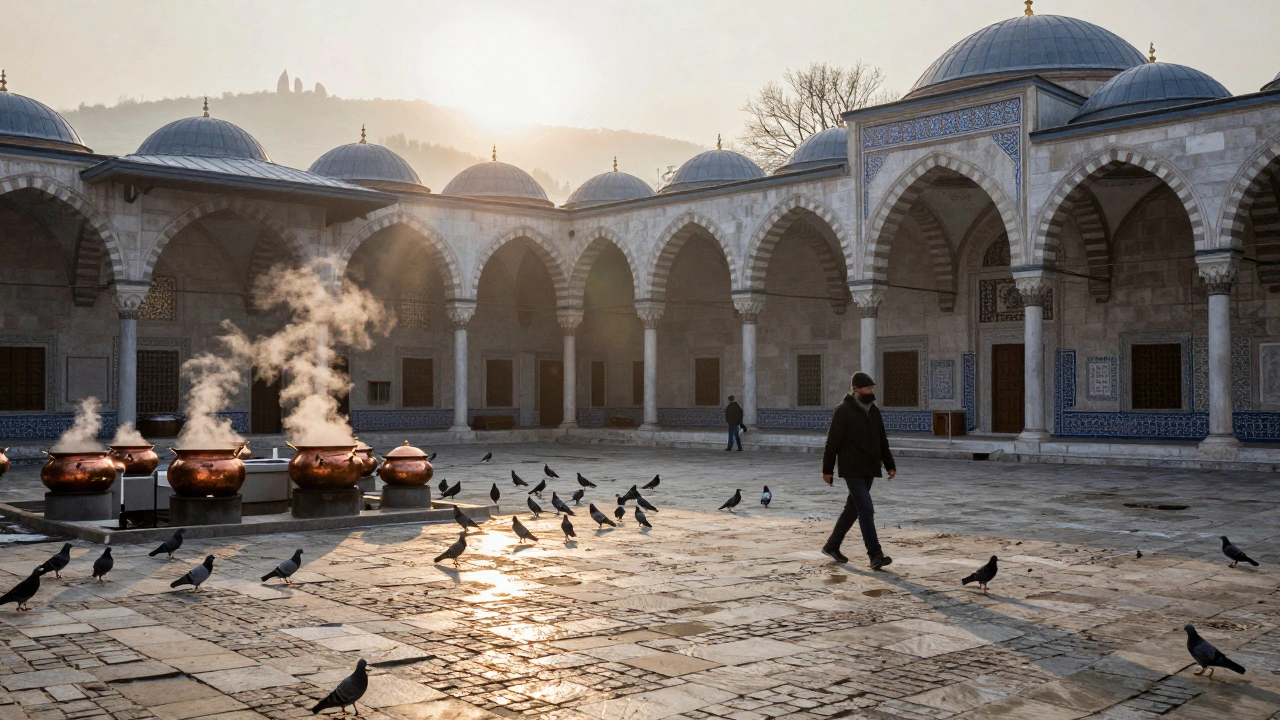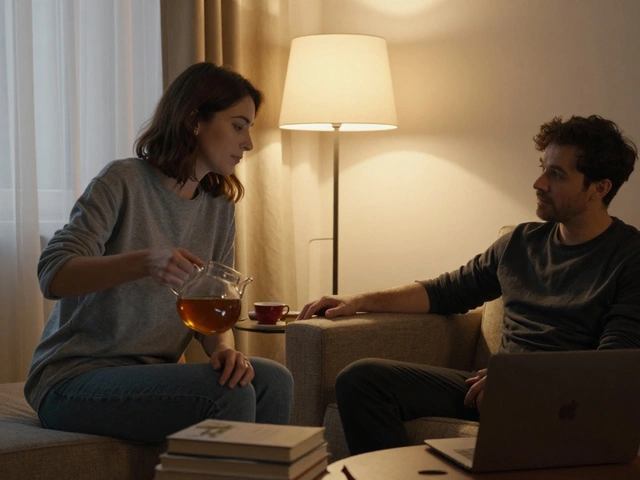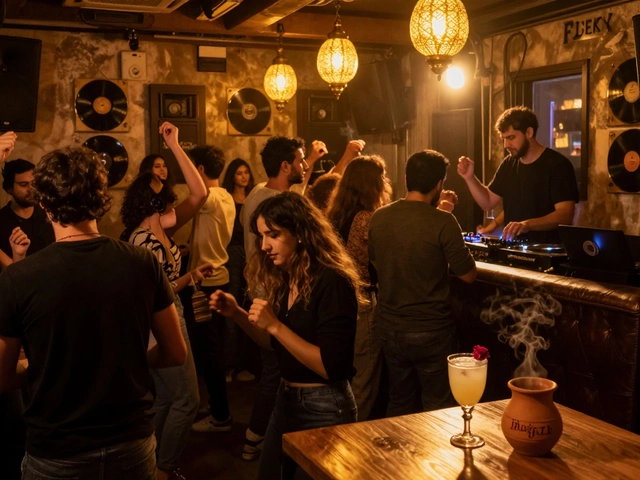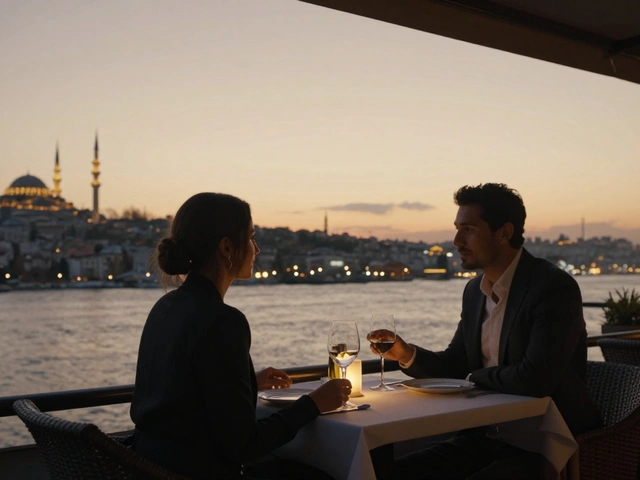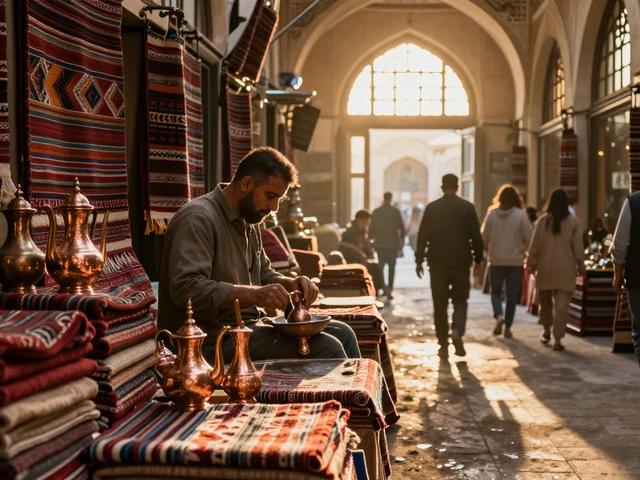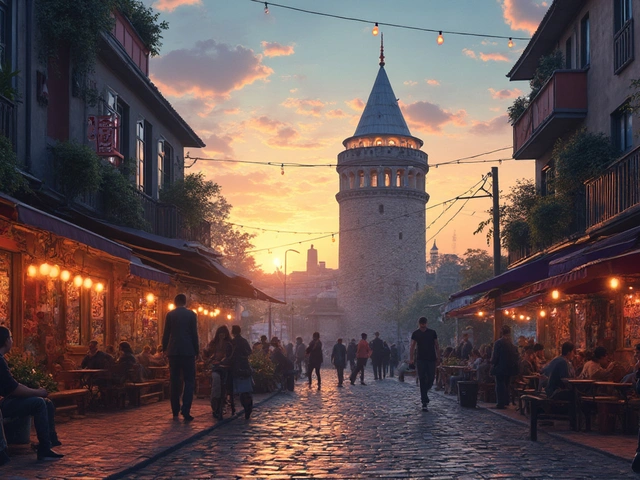Lose yourself in the swirling energy of Istanbul and you’ll land smack in the middle of history—it’s literally everywhere, like the sea breeze that sneaks through a side street. But the heart of it all, the place that tells Istanbul’s story best, might just be the Topkapi Palace. Sitting pretty between the sparkling Bosphorus and the Golden Horn, Topkapi is the city’s crown jewel—a living, breathing testament to centuries of power, luxury, and drama. Locals often walk its lush gardens, families share stories by its fountains, and Turkish schoolkids learn their first real lessons about the Ottoman sultans here. This isn’t some forgotten museum—it’s woven into the city’s rhythm, full of little surprises and real-life echoes of Istanbul’s grand past.
The Palace That Watched Empires Rise and Fall
If Istanbul had a time machine, Topkapi Palace would be the control panel. Built by Sultan Mehmed II after the conquest of Constantinople in 1453, the palace is where the Ottoman Empire plotted, partied, loved, and sometimes fell apart. For nearly four centuries, this was the headquarters for sultans who ruled everything from Budapest to Baghdad. Forget stuffy halls with dusty relics—Topkapi is a patchwork of courtyards, ornate chambers, and whispering gardens. Walk the same corridors where viziers schemed or imagine the Secret Council making decisions that sent shockwaves through Europe, Asia, and Africa.
One detail visitors love: Topkapi isn’t a single monolithic building, but more of a sprawling compound. Four main courtyards, each with its own vibe, spill into one another like a story with chapter breaks. The first is open and grand, hinting at Istanbul’s friendship with nature. Locals come early for morning tea, joined by artists sketching the towers. The further in you walk, the more exclusive and mysterious it gets. You might even feel the same mix of awe and nerves as the envoys and royal visitors once did, wondering what waits around the next corner.
The palace mosque is another wonder, simple compared to the flamboyance of nearby Aya Sofya, but charged with its own sacred energy. And then there’s the fabled Imperial Harem, usually on everyone’s must-see list. Don’t let Netflix’s historical dramas fool you—real stories here are even juicier, and just a little bit tragic.
Stories You Won’t Hear on the Audio Guide
Istanbul locals have a soft spot for the secrets you can’t find in the official guidebooks. Like this: rumor has it, the palace kitchens once employed more chefs than any restaurant on Nişantaşı today—upwards of 1,000 people. Their daily job? Feeding thousands, with menus more varied than any chic bistro from Beşiktaş to Kadıköy. Love Turkish sweets? The world’s first baklava parade started right here—palace staff marched for Ramadan, holding giant trays of baklava as an annual spectacle. Yes, there are recreations of those big copper pots on display if your inner foodie can’t resist a peek.
One treasure that gets plenty of attention is the Topkapi Dagger, glinting in its glass case. Made for a Persian shah, the dagger never actually left Istanbul thanks to a twist of fate—and now it’s a selfie magnet. But hidden gems still abound. The Library of Ahmed III, an airy sanctuary in the third courtyard, has books with gilded scripts and marbled covers. All those scrolls and tomes once guided the city’s scholars and poets who helped shape Istanbul’s literary heart.
And don’t get me started on the Sacred Relics Chamber. Inside you’ll spot everything from the Prophet Muhammad’s cloak to gleaming swords said to have led massive armies. These artifacts aren’t just prized for their age—the silent reverence you feel in the room tells you they still matter to the residents of Istanbul today. If you spot a local pausing for reflection here, give them space—it’s more than just sightseeing for a lot of us.
Tips for Experiencing Topkapi Like a Local
Turkish families love making a day out of Topkapi, but they know how to avoid long lines and tourist crowds. Here’s a trick: buy your ticket online or download one from the Turkish Museums app (the MüzeKart works for permanent residents and Turkish nationals and can save loads of time). Early mornings are golden, especially before tour groups swarm the gates. If you’re after that perfect photo for Instagram or a quiet corner to soak up the atmosphere, head to the palace gardens at sunrise. The Istanbul skyline glows, and you might catch the faint call to prayer drifting across the water.
As the sun climbs, don’t rush. Locals like to linger over the detail—whether it’s the Iznik tiles that decorate the courtyards or the playful tulip motifs that pop up all over the palace. Fun fact: Istanbul’s love affair with tulips started here, long before the flower became Holland’s calling card. Spot the real thing if you visit in April when Istanbul’s annual Tulip Festival blankets parks like Emirgan and Gülhane with vibrant color.
If your feet start to rebel, you’ll find benches in the shaded outer gardens, often packed with Istanbulites sharing çay from old-fashioned thermoses. And don’t guilt-trip yourself over skipping a guided tour—sometimes the best discoveries come from simply wandering. But if you crave context, private tours from companies like Fest Travel or Walks in Istanbul offer deep dives into palace intrigue, in English, Turkish, or even French, with plenty of good humor thrown in. For those traveling with kids, the newly revamped Topkapi Children’s Museum is a hands-on treat, letting little ones dress up and act out the life of the royal court—try to resist snapping a photo or two!
Ottoman Elegance Up Close: Artifacts, Architecture, and Surprises
The real shocker about Topkapi Palace is how well everything’s survived wars, fires, and earthquakes. Step inside the Treasury (now the Imperial Treasury Exhibit) and you’re met with a mind-boggling array of jewel-encrusted swords, emerald-studded turbans, and golden cradles. The Spoonmaker’s Diamond lures in curious Istanbulites and jewel lovers from around the world. Legend says it was found by a fisherman in Yenikapı and traded for three spoons—hence the name. Take a slow walk through the displays, and you’ll realize these weren’t just royal bling, but symbols of Istanbul’s pivotal place along the old Silk Road.
The harem is maybe the palace’s most misunderstood area. Contrary to popular myth, it wasn’t just a den of hedonism; it functioned as an intricate social institution and the real seat of power for sultans’ mothers, wives, and children. Tours here fill up quickly—weekdays are less crowded, and the story-telling signs are in Turkish and English (don’t expect too much Russian or Arabic, though). The architecture, with its secret passageways, stained glass, and domed ceilings, turns everyday visitors into amateur detectives. Keep your eyes peeled for subtle marks—old graffiti left by palace staff and dignitaries, faded but somehow so real and close to the modern soul of Istanbul.
The palace gardens serve more than beauty: they’re home to lists of rare herbs and fruits once used to supply the sultans’ famous tables, still cultivated in small patches. Ever heard of Istanbul’s “palace figs”? The trees here have been producing for centuries and are occasionally handed out to visitors by kindly gardeners. And yes, there are peacocks—watch out, they have no fear and occasionally stage impromptu struts in the courtyards, posing for every camera pointed their way.
Connecting Topkapi to Today’s Istanbul—Practical Info and Local Flavor
Living in or around Istanbul means Topkapi is always just a tram ride away—catch the T1 tram to Sultanahmet, and you’ll find yourself right in the middle of the city’s historic core. This makes it silly not to take advantage of “quiet” weekdays or off-peak winter months. Istanbulites who work nearby sometimes sneak in for a midweek stroll or a picnic lunch under the plane trees. There’s also a discount for Turkish citizens and residents; locals love flashing their Kimlik cards or Istanbulkart for special museum rates.
| Palace Facts | Numbers |
|---|---|
| Palace Area | 700,000 sq. meters |
| Years as Royal Residence | ~400 (1465-1856) |
| Kitchens (Peak Staff) | 1,000+ workers |
| Royal Gardens | 4 outer gardens, dozens of inner courts |
| Annual Visitors (2024 est.) | 3.4 million |
If you want a uniquely Istanbul treat after your visit, stop by Saray Muhallebicisi or Hafız Mustafa, legendary spots heaped with Turkish delight, baklava, and rice pudding (sütlaç)—served almost exactly as it was in the sultans’ day. For a glass of fresh-squeezed pomegranate juice or salep, the old-fashioned Turkish winter drink, head down the hill toward Sultanahmet Square, where street vendors have been perfecting their recipes for decades. The park right outside the palace walls (Gülhane Park) is a favorite for families and couples, especially each spring during picnic season as the cherry trees bloom.
Today, Topkapi Palace doesn’t just lure tourists; it draws artists, scholars, and tech teams who digitize ancient texts for Istanbul’s future generation. The palace remains at the core of Istanbul life—a place for celebration, education, and even the occasional TV drama filming. And for Istanbul residents, knowing the palace’s secret nooks is something like a badge of city pride.
Visiting Topkapi feels a bit like taking Istanbul’s pulse. It’s where East blends with West, tradition rubs shoulders with daily routines, and every corridor echoes with stories yet to be fully told. Whether you’re born and bred in Istanbul, a newcomer, or just passing through, this place pulls you in—one tiled room, sunlit garden, and ancient legend at a time.


